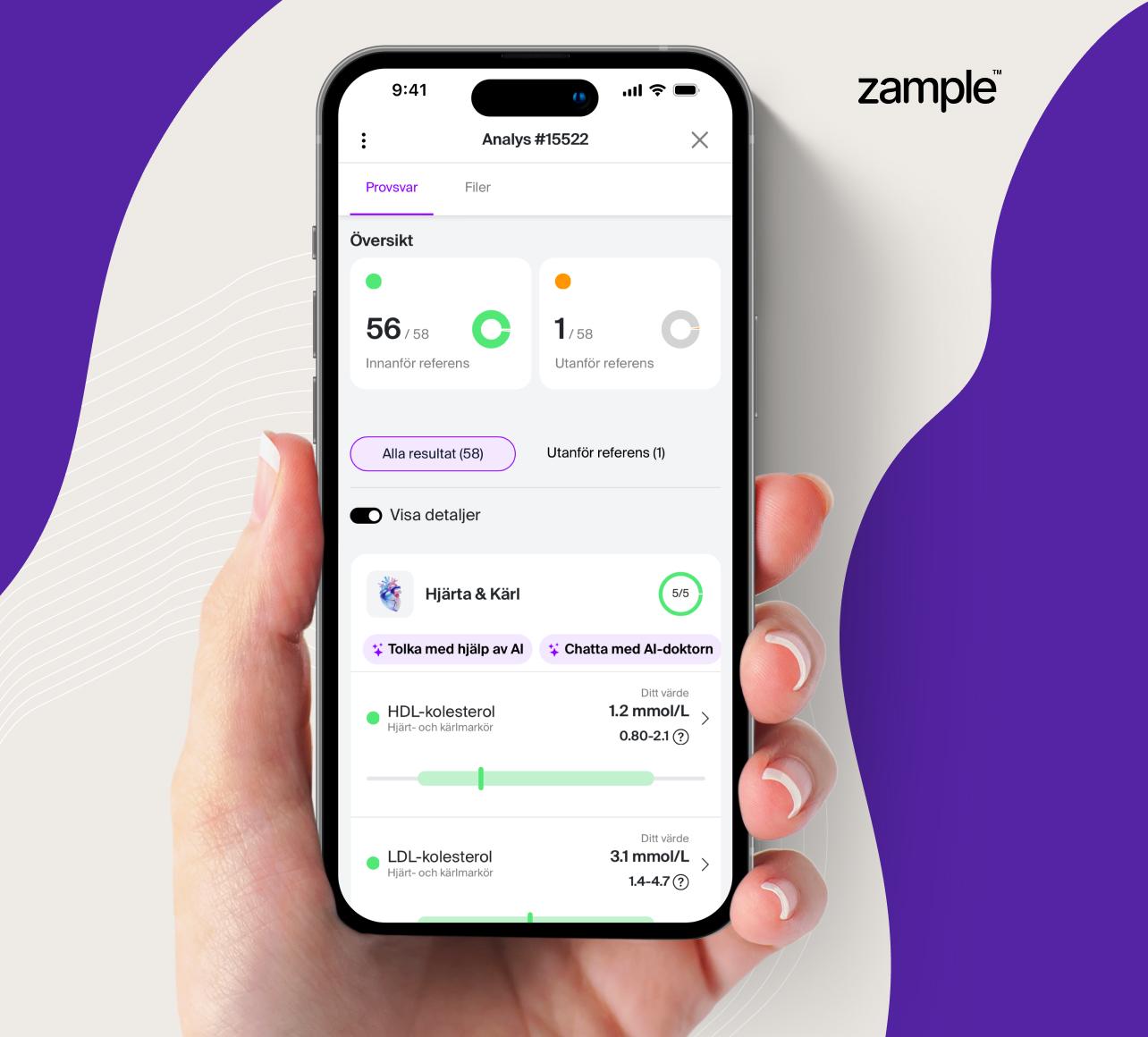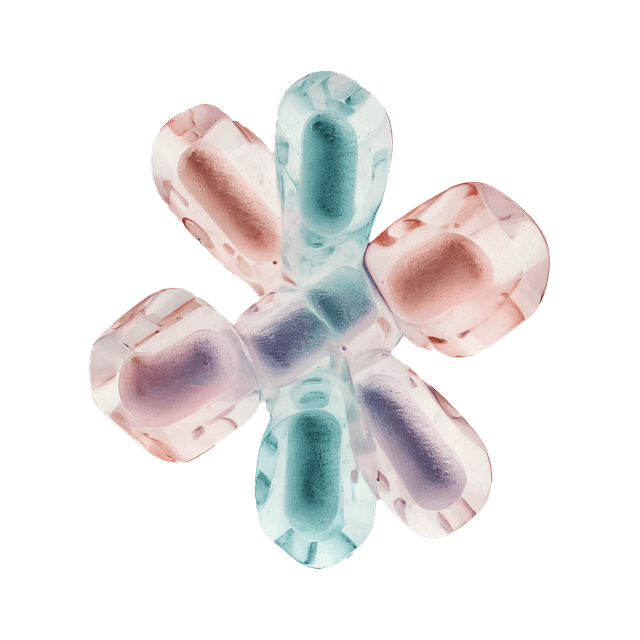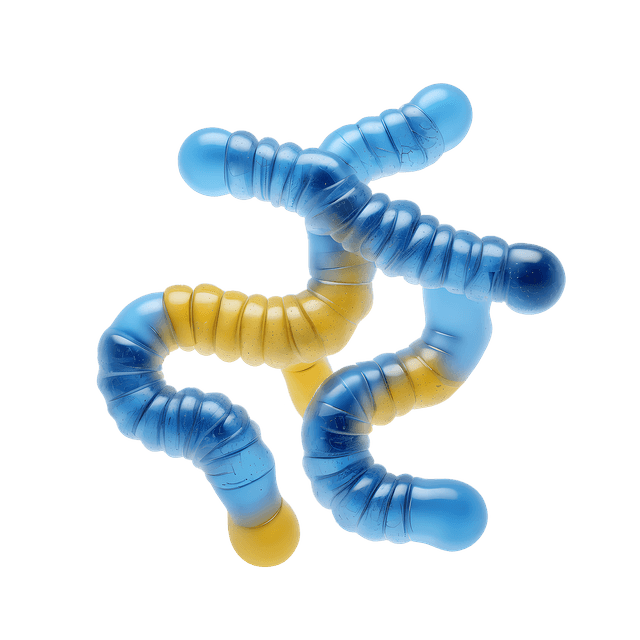Free testosterone test
This test measures your level of bioactive testosterone, also known as free testosterone, which provides a more accurate picture of how much testosterone is actually available to your body's cells. Testosterone is an important sex hormone in both men and women and influences a range of physiological functions, including energy levels, muscle mass, libido, and mental health.
Why is free testosterone more important than total testosterone?
The majority of testosterone in the blood is bound to proteins – mainly sex hormone-binding globulin (SHBG) and albumin – which makes it less biologically available. Free testosterone, however, is the active portion, meaning it can be directly absorbed by cells and exert its hormonal effects. Therefore, measuring free testosterone often provides a more accurate assessment than total testosterone, especially when SHBG levels are abnormal.
Why should I measure bioactive testosterone?
Testosterone is primarily produced in the testicles in men and in the ovaries in women, and it affects not only sexual function but also several other important bodily processes. Bioactive testosterone – the unbound, free form – typically represents 1–2% of total testosterone, but is the most relevant portion from a clinical standpoint.
Understanding your free testosterone levels can be crucial in identifying testosterone deficiency. Low levels may lead to symptoms such as fatigue, reduced muscle strength, decreased libido, mood changes, or difficulty concentrating. This test gives you valuable insight into your hormonal health and can be an important part of broader investigations into fatigue, fertility issues, or reduced performance.
How is free testosterone calculated?
Free testosterone levels are calculated using a formula that considers your SHBG and albumin levels – two proteins that bind to testosterone in the blood and affect how much is freely available to your body’s cells.
Symptoms of imbalanced free testosterone
Low levels of free testosterone are associated with low energy, reduced sex drive, poor sleep quality, and general fatigue. Both physical and mental stress can negatively impact testosterone production. In women, elevated levels may lead to symptoms such as increased body hair, acne, or irregular menstrual cycles – for example, in cases of PCOS. In men, elevated levels can contribute to prostate enlargement.
Testosterone deficiency and hypogonadism
If your results show low levels of free testosterone, you may fall within the range for testosterone deficiency, also known as hypogonadism. This condition should be monitored, especially if you're experiencing symptoms that affect your quality of life.
How to take the test correctly
Testosterone levels fluctuate significantly throughout the day, with the highest levels typically occurring in the early morning. For this reason, it is recommended that you take the test before 10:00 AM after a full night’s rest to ensure the most accurate results.































